To understand why China has become a central player in this space, it helps to start with what an alternator does. In a car’s charging system, the alternator converts mechanical energy from the engine into electrical energy. It charges the battery and powers the electrical loads while the engine runs. Modern alternators are marvels of efficiency and regulation. They come in brushless and brush-type designs, feature compact magnetic rotors, and rely on sophisticated voltage regulators to keep the electrical system stable across a wide range of speeds. With the rise of hybrid and electric vehicles, the expectations for efficiency, heat management, and adaptability have only intensified. Chinese manufacturers have met these demands by investing in advanced production lines, rigorous testing, and continuous improvement programs that emphasize precision and consistency.
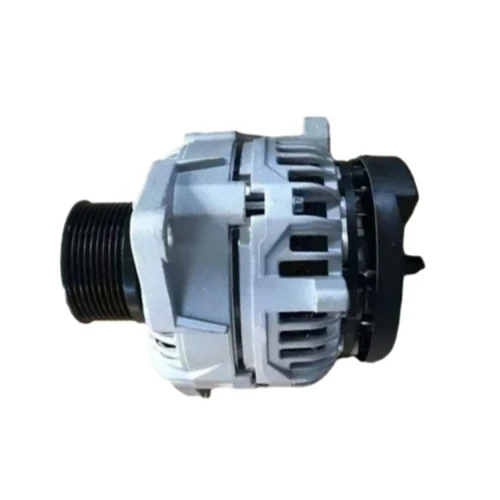
A big part of China’s appeal in this sector is the breadth and depth of its integrated supply chain. In one corridor you’ll find advanced foundries producing the casings, precision machining that shapes housings and pulley components, and electromechanical suppliers delivering windings, diodes, regulators, and bearings. In another, you’ll see the assembly lines where thousands of alternators are turned out daily, each undergoing checks that range from dimensional accuracy to electrical performance. This level of vertical integration helps manufacturers optimize lead times, reduce waste, and tighten cycles that keep customers’ production lines humming. It also supports a robust export network that serves OEMs and aftermarket distributors across continents.
The market itself is nuanced. Original equipment manufacturers (OEMs) rely on tiered suppliers that can meet exacting specifications, long-term supply commitments, and stringent quality standards. Aftermarket players count on cost efficiency, availability, and the ability to tailor products to different vehicle models. For remanufacturers, the ability to source core parts, rebuild with high-grade components, and deliver a reliable product quickly is a competitive edge. Across all segments, the demand for durable bearings, robust voltage regulation, and low electrical noise remains universal, and Chinese producers have responded by investing in research and development, testing facilities, and partnerships with global brands to validate performance in real-world conditions.
But the story isn’t only about the product in a box. It’s about the people and the practices that sustain a global supply chain. Many Chinese facilities have embraced lean manufacturing principles, data-driven monitoring, and continuous improvement cycles that aim to reduce waste and improve yield. Sustainable production has become more than a buzzword. It includes energy efficiency in factories, responsible sourcing for copper and rare earth magnets, recycling programs for windings and casings, and a growing emphasis on reducing carbon footprints across the logistics chain. For buyers, these practices translate into more reliable schedules, better traceability, and in some cases, a smaller environmental footprint for their own products.
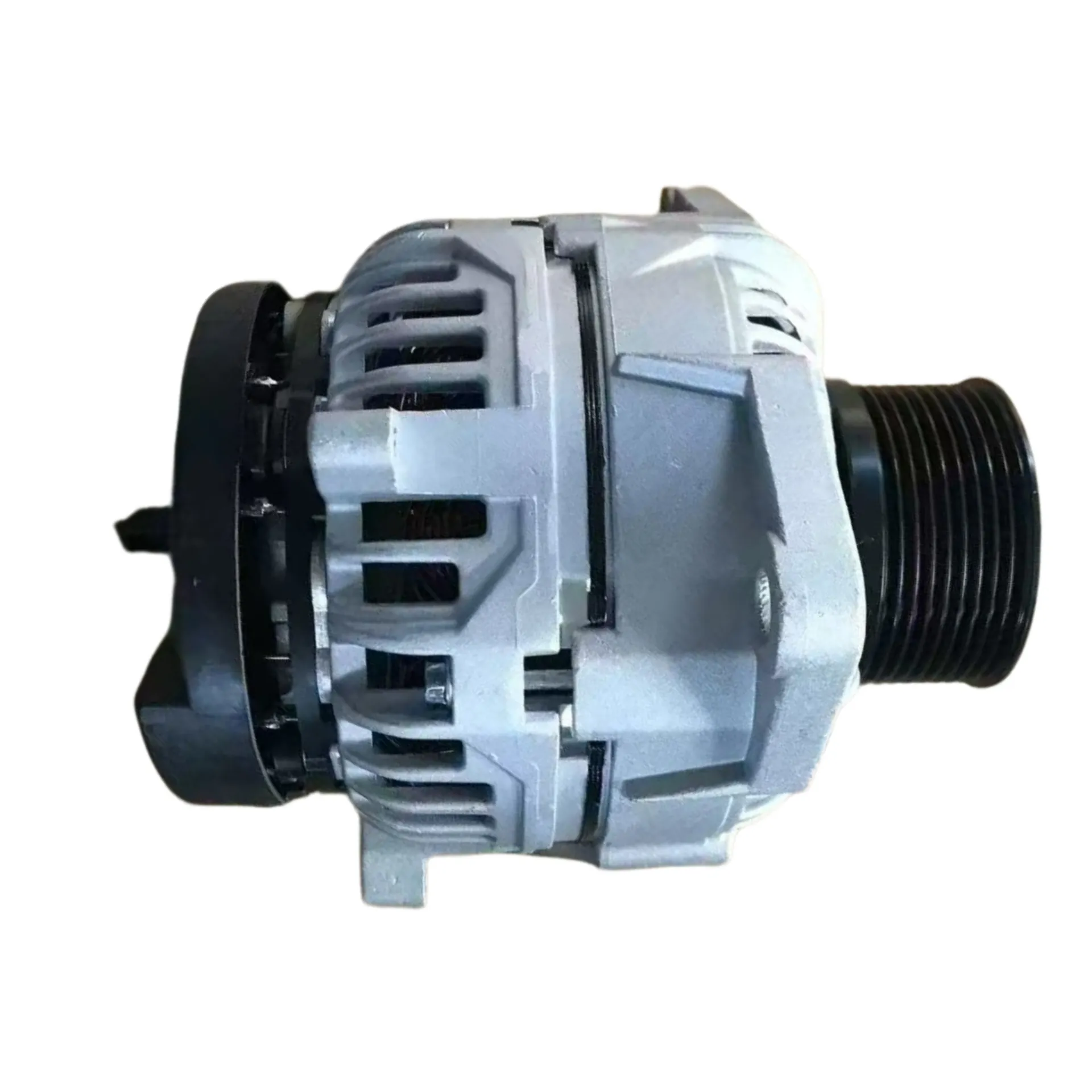
Sustainability also emerges in the design language of modern alternators. Companies continually refine pulley configurations, bearing types, and housing materials to deliver lighter, more compact units without sacrificing performance. Brushless designs, in particular, have gained traction due to their fewer wear parts and longer service life. Even at the aftermarket level, there’s a push toward modular, easy-to-install configurations that minimize downtime and maximize compatibility across a wide range of vehicles. These are not mere tweaks; they reflect a shift toward smarter, longer-lasting solutions that align with how today’s drivers use their vehicles.
The breadth of capability in the Chinese market also extends to customization. For global distributors and OEMs, the ability to tailor alternators to specific voltage, current, and regulatory environments can be a decisive differentiator. This can mean different regulator architectures, special harness connectors, or packaging that meets regional logistics requirements. It’s not just about producing a standard part; it’s about delivering reliable, tested configurations that fit like a glove in a customer’s supply chain. In this sense, Automotive Alternators from China are as much about the partnership model as they are about the hardware itself: collaboration, transparency, and shared commitments to quality and performance.
Looking ahead, the trajectory is clear. The industry is moving toward higher efficiency, better thermal management, and more intelligent interfacing with the vehicle’s power management systems. The rise of electrification and smart diagnostics means alternators will increasingly be part of an integrated energy ecosystem in vehicles, with remote monitoring and predictive maintenance capabilities. Chinese manufacturers are already exploring these horizons, leveraging digital twins, automated testing data, and global servicing networks to ensure that a part designed in one corner of the world can perform reliably in millions of cars across the globe. It’s a global, interconnected story where design, manufacture, and delivery are aligned to keep drivers safely moving.
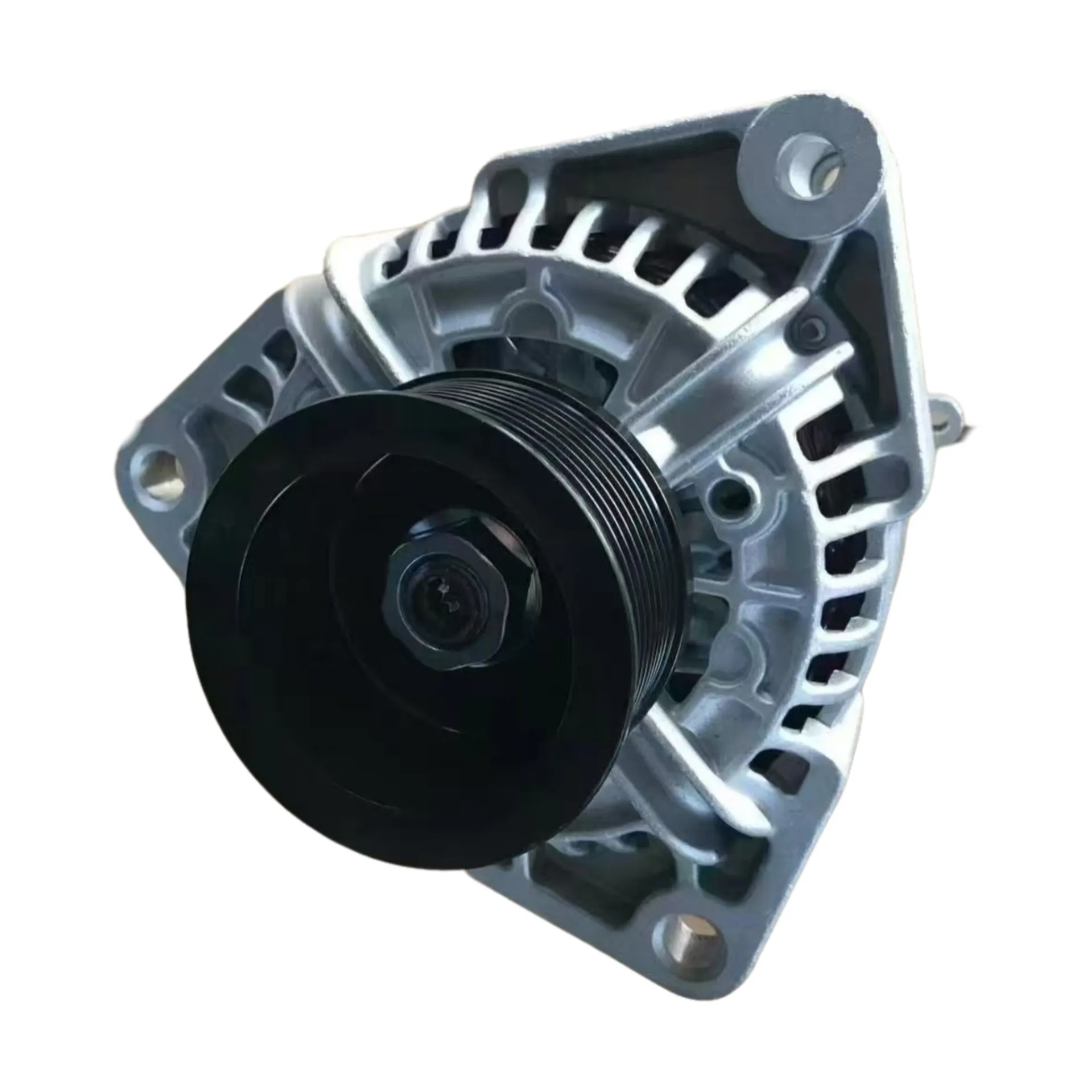
Part 2 will dive into practical strategies for sourcing and evaluating Chinese alternator suppliers, including how to read specifications, conduct quality checks, and build enduring partnerships that stand up to the road tests of real-world use. It will also touch on current trends shaping the market, risk considerations, and how to balance price with total cost of ownership in a way that makes sense for your business. Whether you’re sourcing Automotive Alternators from China for an OEM program or stocking an aftermarket distribution channel, the path to a great partnership starts with clear expectations, rigorous evaluation, and a mindset of long-term collaboration. Here are practical guidelines to help you navigate the landscape and choose suppliers who can deliver reliable performance, consistent quality, and responsive service.
First, get a solid read on the supplier’s capabilities. Beyond the brochure, request a complete product catalog, a bill of materials (BOM), and a detailed list of tests performed on each model. Ask for production capacity data (units per month), lead times for standard and customized configurations, and a clear warranty framework. A reputable supplier will share their quality management system documentation, including ISO and IATF certifications, and be prepared to discuss their traceability processes, nonconforming parts handling, and corrective action procedures. If possible, arrange a virtual tour or, when feasible, a physical visit to observe the factory floor, the equipment, and the quality checks firsthand. Seeing the manufacturing line in action can reveal how consistently parts are produced and how issues are addressed in real time.
Specification literacy is the first line of defense against surprises. Carefully compare voltage regulation ranges, nominal current, and temperature operating windows. Verify rotor type (brushless versus brush-type) and the status of bearings, seals, and pulley options. Confirm compatibility with your target vehicle models, including mounting patterns, connector types, and available harness configurations. Make sure the supplier provides comprehensive product certificates and test reports, including running-load tests, temperature cycling, and short-circuit tolerance. Ask for samples and, if appropriate, third-party test data to corroborate performance claims. The more you can verify upfront, the fewer unknowns crop up later in the supply chain.
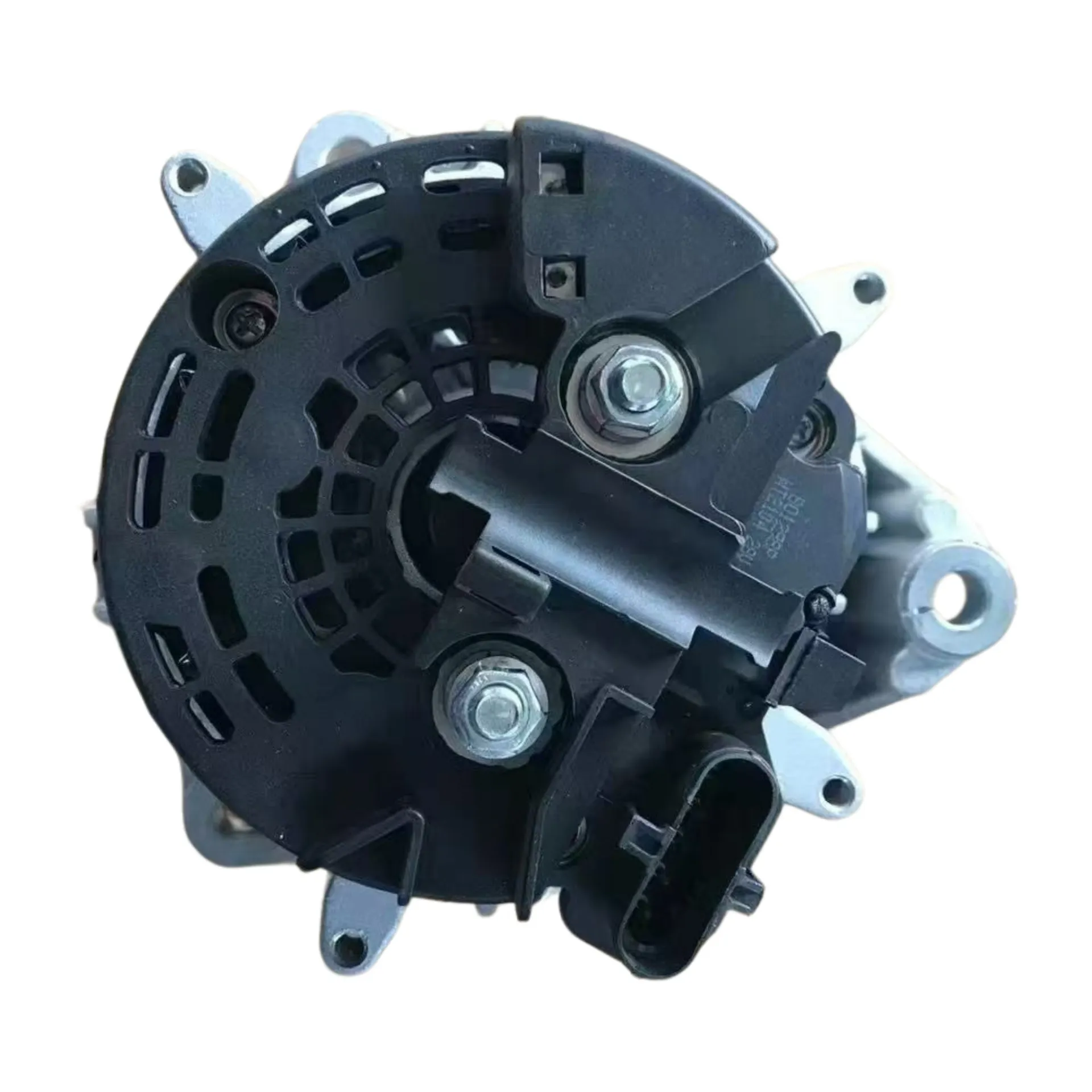
Quality control should feel tangible, not abstract. Insist on a robust incoming inspection plan, in-process checks, and final lot testing. Request access to test data from production runs, including defect rates, rework levels, and process capability indices (such as Cp and Cpk). It’s worth asking for a copy of the factory’s calibration records for test benches and any equipment used to validate performance. A good partner will also provide clear nonconformance reporting and evidence of containment actions if issues occur. Don’t shy away from requesting environmental, health, and safety data; responsible manufacturers will have clear policies on worker safety, waste management, and emissions.
The commercial terms should be transparent and fair. Clarify the total landed cost, including product price, freight, duties, insurance, and any post-sales support costs. Decide on Incoterms that fit your procurement model—FOB for more control over shipping arrangements, or DDP for a plug-and-play solution. Confirm warranty periods, the process for returns or replacements, and how field failures will be handled across different regions. If you’re coordinating with a global network, ensure the supplier can provide coordinated logistics support, including interim stock buffers and clear lead-time commitments.
Logistics then becomes a critical part of risk management. Work with suppliers that have established export competence, reliable packaging to prevent damage in transit, and strong documentation practices (commercial invoice, packing list, CO, test certificates). Explore the supplier’s logistics partners and track-and-trace capabilities. For high-value parts like alternators, consider securing a supplier-managed inventory arrangement or a quality-assurance-based replenishment contract to minimize stockouts and avoid counterfeit risks.
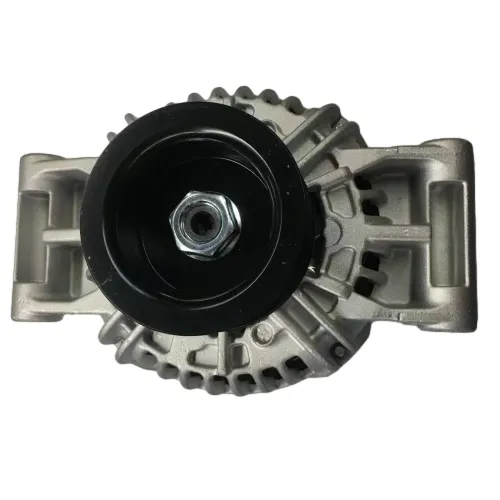
Quality pricing should also account for total cost of ownership. The cheapest unit price might save money upfront but result in higher maintenance costs, shorter service life, or extended downtime. Compare life-cycle costs by evaluating expected service life, warranty coverage, availability of spare parts, and the supplier’s after-sales support network. A partner who provides proactive maintenance guidance, easy access to replacement components, and timely technical support can deliver better long-term value than a lower-priced, low-service alternative.
Cultural and communication considerations matter more than they might appear. Establish clear points of contact, regular check-ins, and documented action items. Language clarity, timely responses, and a shared project management approach help keep projects on track. Transparent communication reduces the risk of misalignment on specifications, lead times, and quality expectations.
Looking at market trends, a few developments stand out. Brushless alternators are gaining traction for their longer life and lower maintenance needs. The integration of smart diagnostics and remote monitoring (think voltage, temperature, and performance data feeding into a centralized service platform) is starting to become a differentiator for certain customer segments. Environmental responsibility is more than a checkbox; buyers increasingly expect suppliers to demonstrate sustainable practices and responsible governance across the supply chain. Digital platforms for supplier discovery, order management, and quality documentation continue to streamline the procurement workflow, making it easier to compare options, track shipments, and verify compliance.
Finally, building a successful partnership with a Chinese alternator supplier is about trust and collaboration. It’s about aligning on specs, timelines, and service levels; about recognizing that a part is not merely a piece of hardware but a link in a broader system that powers vehicles and, in some cases, livelihoods. It’s about choosing a partner who communicates openly, honors commitments, and stands by the product through the entire lifecycle.
If you approach the process with curiosity, rigorous testing, and a readiness to invest in long-term relationships, Automotive Alternators from China can be a dependable part of a robust global supply chain. The landscape continues to evolve, but so do the people who build these components. With the right partner, you can expect consistency, performance, and the sense that your sourcing choices are helping to power a smoother ride for customers around the world.
Alternator With multiple core patented technologies and rigorous quality control systems (such as 9001 certification), we have established long-term partnerships with over 300 automotive manufacturers and component suppliers worldwide. Our products are exported to countries such as Europe, America, Southeast Asia, and Africa, with an annual production capacity exceeding 300000 units. We have won market trust with stable delivery and after-sales support.